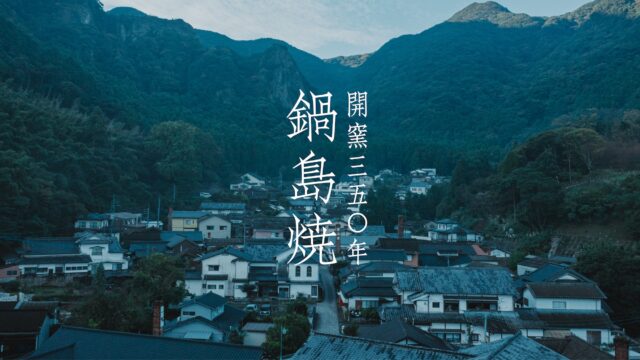Shitsurindo and ZOZO NEXT Launched Collaborative Research on New Lacquer Techniques
KOGEI Topics VOL.19
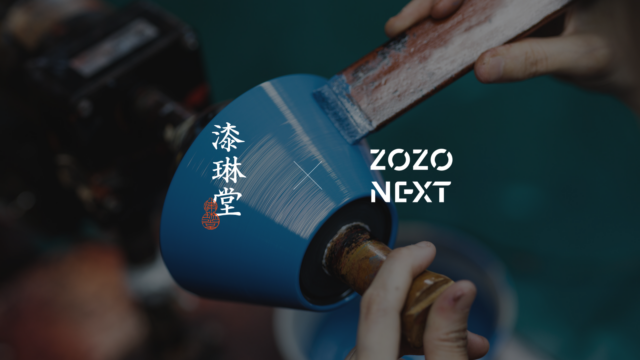

VOL.1-19
Update
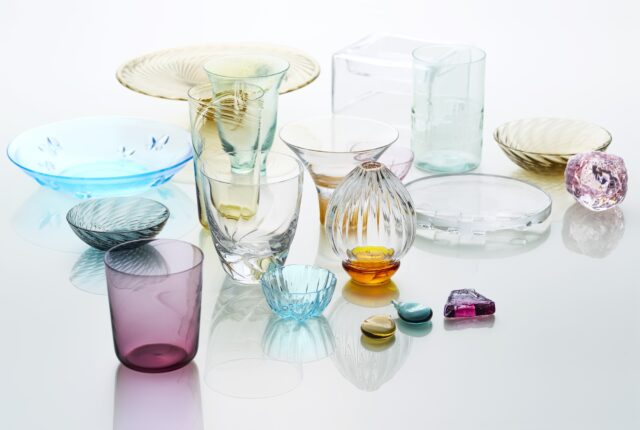
VOL.1-17
Update
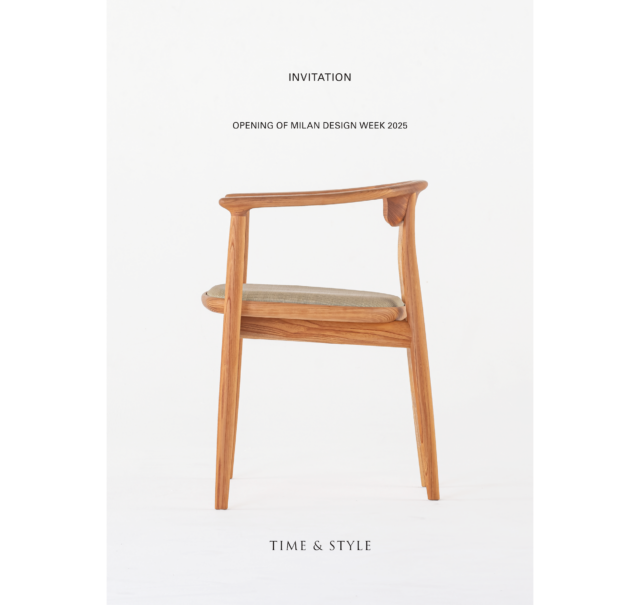
VOL.1-43
Update
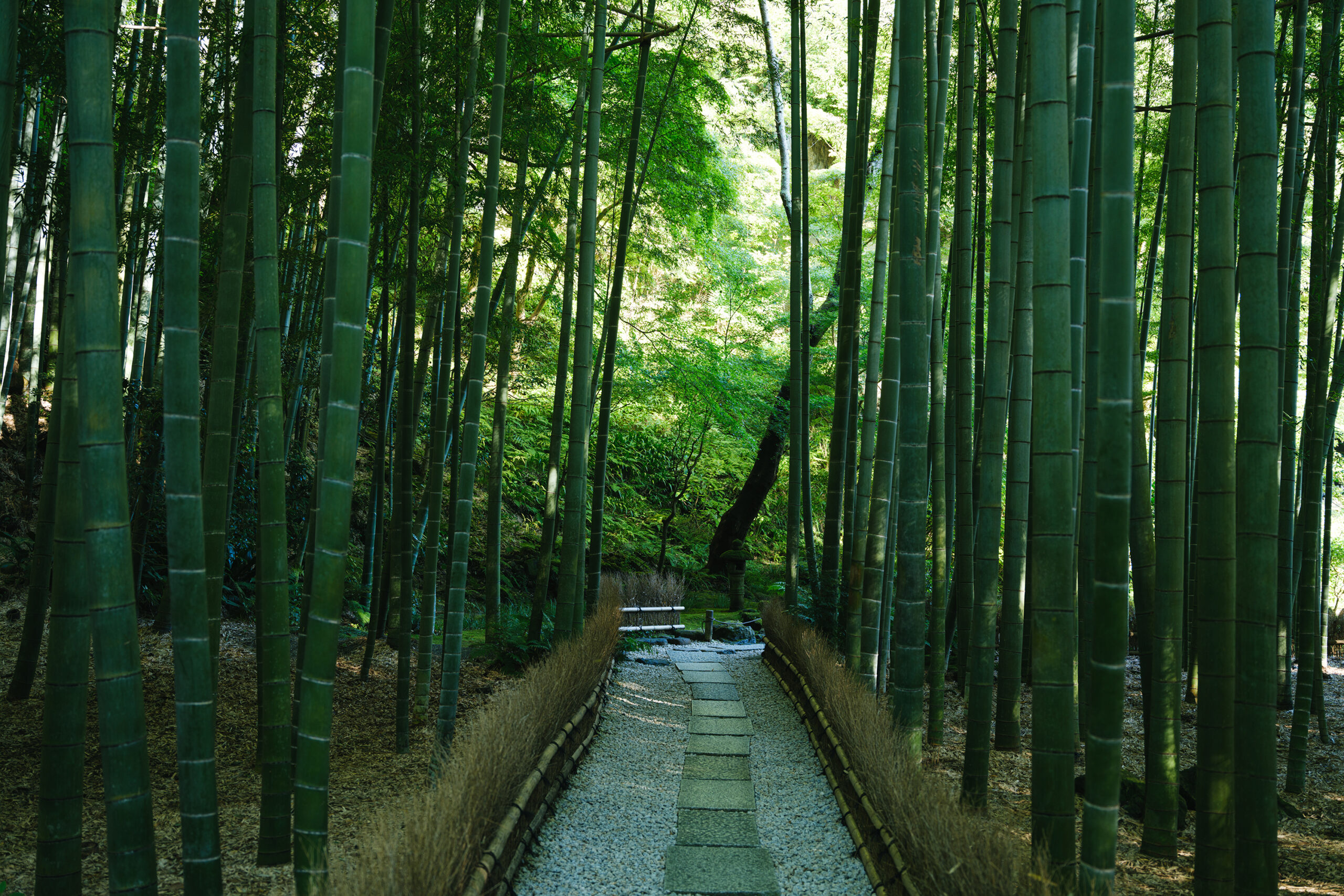
VOL.1-2
Update
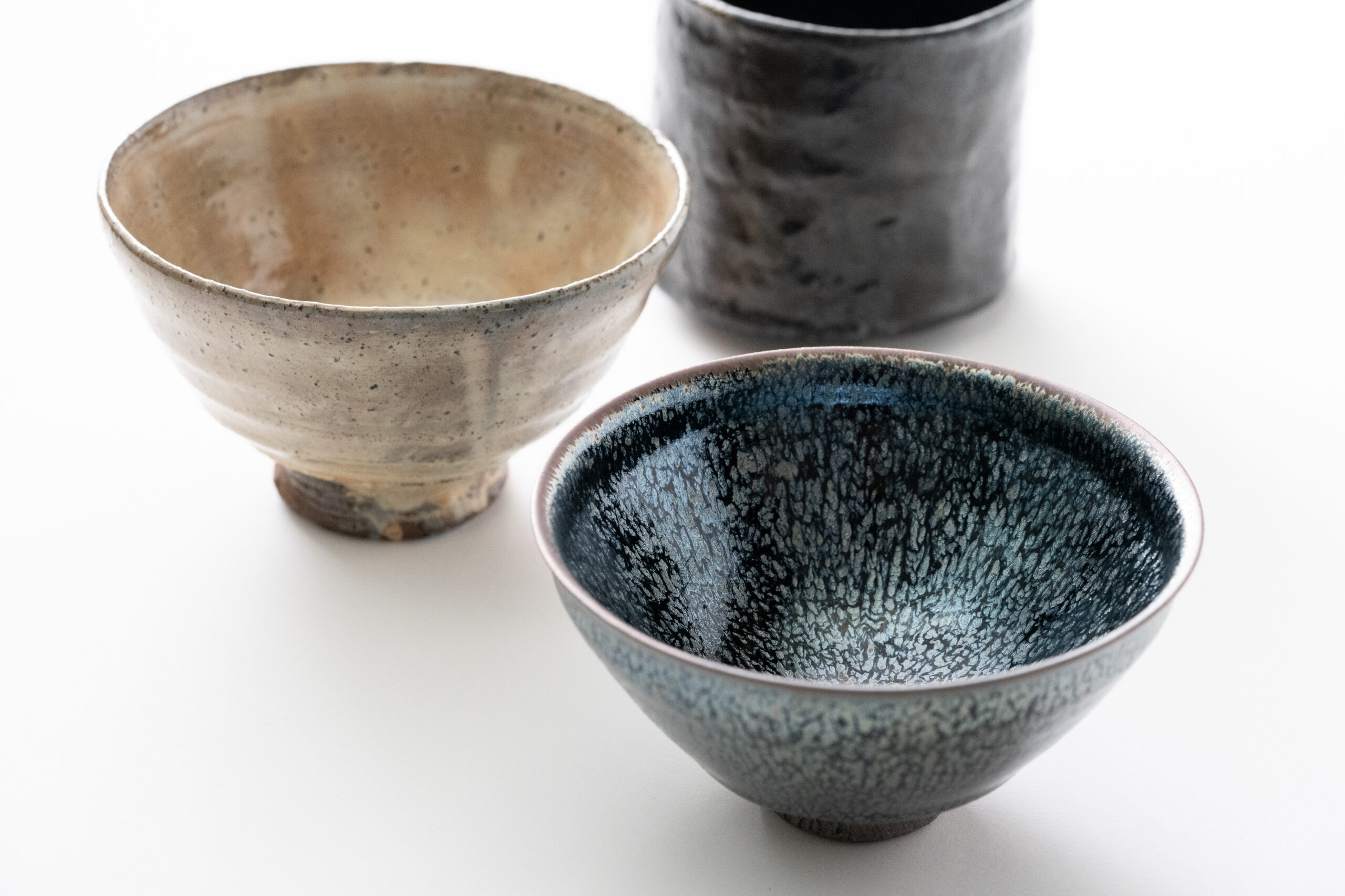
VOL.1-3
Update

VOL.1
Update
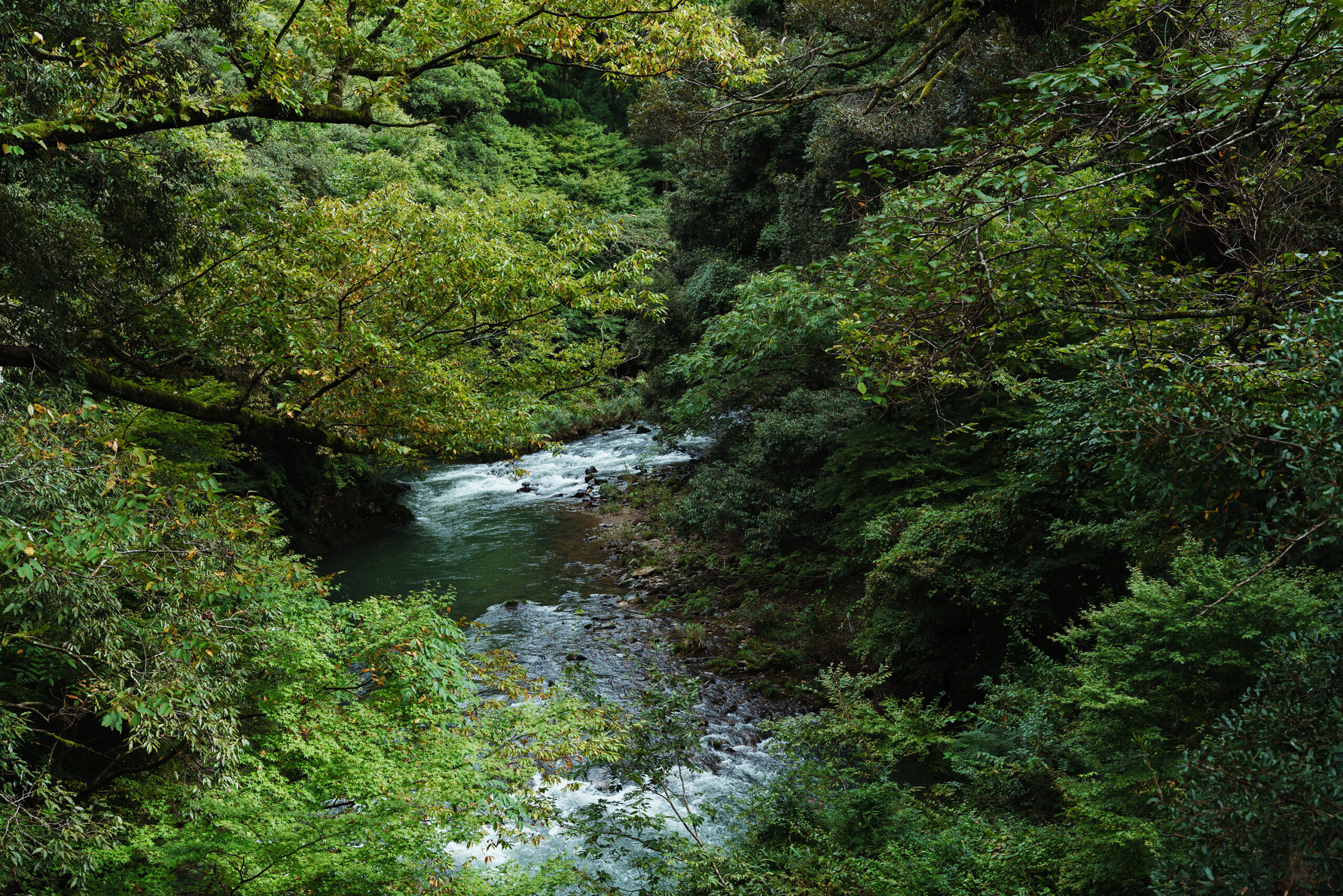
VOL.1-7
Update
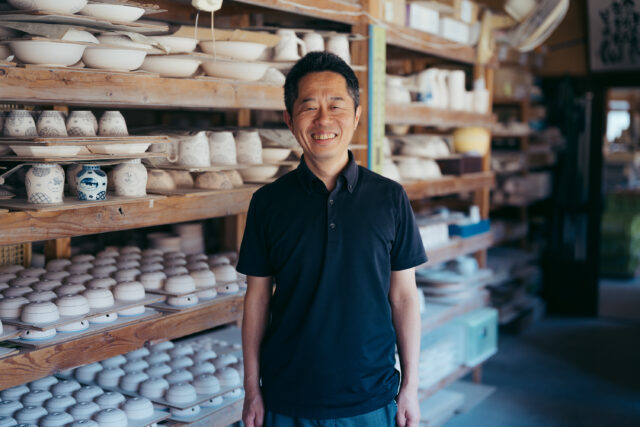
VOL.1-32
Update
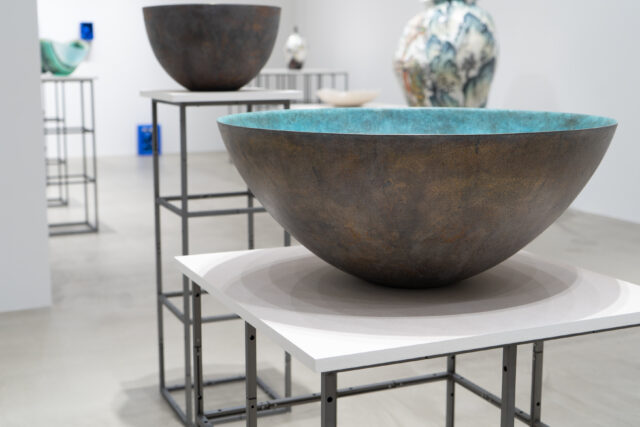
VOL.1-26
Update
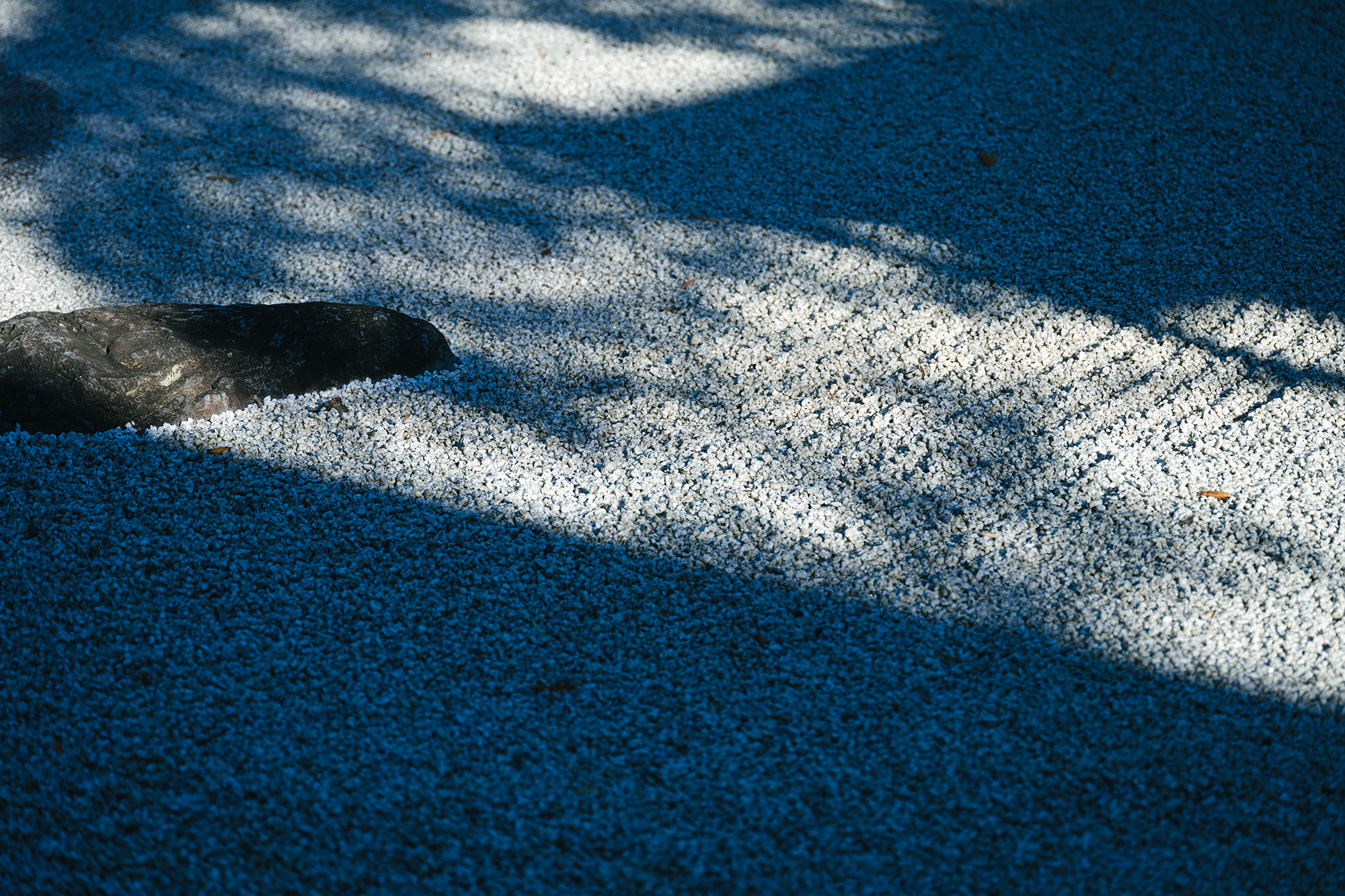
VOL.1-12
Update
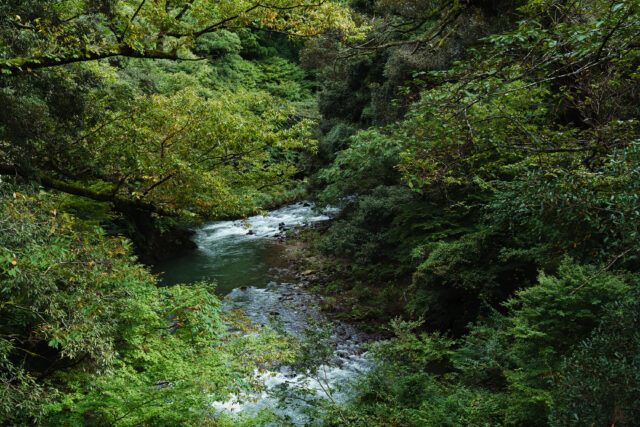
VOL.1-3
Update
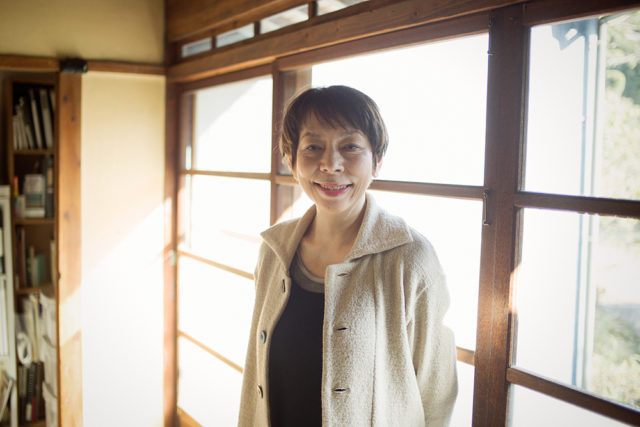
VOL.1
Update
We share a variety of information and perspectives on Japanese crafts, including exhibition information and interviews.
KOGEI Topics VOL.19
New Products VOL.17
Featured Exhibitions & Events VOL.43
KOGEI Topics VOL.18
Apr 5 – Jun 22, 2025
SEIKADO BUNKO ART MUSEUM
Apr 8 – May 6, 2025
The Gotoh Museum
Apr 11 – Jun 15, 2025
Kyoto City KYOCERA Museum of Art
Apr 12 – Jun 29, 2025
TOGURI MUSEUM OF ART

The city of Tokoname in Aichi Prefecture with its broad panorama of Ise Bay has flourished as one of the major production areas of pottery. Being one of the six ancient kilns of medieval Japan and the one with the largest production scale, they produced many large-sized pots and urns which were shipped throughout Japan via the sea. At the end of the Edo-period, the red clay teapot which represents today’s Tokoname ware was born. During the wave of modernization in the Meiji period, ceramic drain-pipes and tiles were produced in large quantities. Many of these items and the ruins of the old kilns still remain till the present day which create a unique landscape of the city. Jinshu Touen was established soon after WWⅡ. Supplies were scarce at that time and Mr. Minoru Ito, the founder of the company as well as an artisan, survived by making various types of pottery and anything that were in demand. It was only after Mr. Seiji Ito who took over the company as the second generation, that the company became specialized in creation and sales of teapots, which typified pottery in Tokoname. Since then, he has continued to make these beautiful and functional teapots.
Tokoname clay is well known for its extremely smooth texture, its name being derived from the city’s namesake. Jinshu Touen uses mainly three types of clay which are white clay, black clay and red clay. Sometimes the clay are mixed, which produces unique results after firing. Some of their special techniques are, “mogake” which is tying seaweed around the surface of the vessel before firing, another technique creates a fine mottled pattern achieved by sprinkling powder of oyster shells, which are byproducts of neighboring laver cultivation, on the vessel before firing and also “chara” which has a matte texture and a unique intermediate character between glaze and engobe. Jinshu Touen is pursuing products which are well-designed as well as easy to use, while making full use of materials and techniques indigenous to Tokoname. With this mindset, they continue to make their teapots.
One of the flagship products of Jinshu Touen is their “flat teapot” which is characterized by its extremely flat design. The smooth clay in Tokoname is known to make Japanese green tea tastier. Using this unique properties of the clay and to further enhance the aroma and flavor, the flat teapot was designed as such in order to allow the fluffy tea leaves to be spread out. In 2012, the teapot won the Choza Award in the “41st CHOZA AWARD TOKONAME CERAMIC EXHIBITION” for which attracts participants from all over Japan. The techniques of assembling the strainer inside the pot and making a lid that will not leak hot water when tipped are exceptional. The teapot has garnered many fans.
